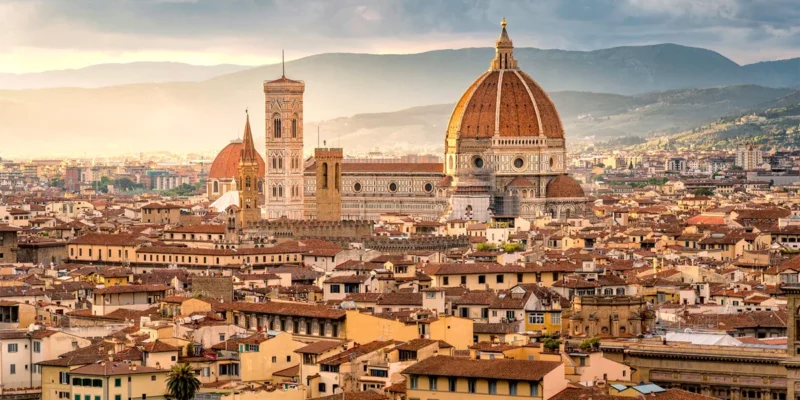Renaissance Era – Explore the Cultural and Artistic Significance
Humanism, an intellectual movement that emphasized the importance of the individual’s actions, qualities, and wants, was a hallmark of the Renaissance. Humanists held the view that the human mind and soul had infinite potential for growth and development. Michelangelo’s David statue, the Mona Lisa painting, and Shakespeare’s plays are all examples of how these ideas inspired great art.
Scientific Approach in Renaissance Era
Technology and science both made great strides forward throughout the Renaissance. Major developments in medicine and science can be attributed to the efforts of great thinkers like Leonardo da Vinci, Galileo Galilei, and Nicolas Copernicus. Scientists and inventors of the Renaissance era worked ceaselessly to uncover new information and disseminate it to the world, ushering in a period of increased curiosity, exploration, experimentation, and open-mindedness.
The Renaissance’s contributions to the arts extended across disciplines and genres. Some of Europe’s finest works of art and architecture were created during this time period. Some of the most well-known works from the historical period feature depictions of religious and mythical subjects. Famous paintings that have stood the test of time include Michelangelo’s Sistine Chapel ceiling and Raphael’s School of Athens, both of which depict historical individuals that continue to interest viewers even today.
Humanism, realism, chiaroscuro, and linear perspective are just a few of the major movements and influential styles that emerged during the Renaissance. Art was given a fresh viewpoint thanks to humanism. Artists strove to be more accurate in their depictions of human beings than their predecessors had been, a goal they achieved by paying close attention to such details as realistic body proportions and face expressions.
Another popular aesthetic at the time was realism, which delivered a more up-to-date depiction of everyday life by showing its subjects and settings as they really were. The groundbreaking chiaroscuro style of painting used sharply contrasted hues to depict light and dark spaces. Chiaroscuro is most often associated with the portraits of Leonardo da Vinci. However, using linear perspective, artists may create a sense of depth and space that is consistent with how we see the world. It was a revolutionary shift that gave Renaissance paintings a new level of realism and depth.
The existing social, economic, and cultural institutions around the world can trace their roots back to the Renaissance era. There was a lot at stake in the pursuit of novel concepts about the human soul, personal growth, and human accomplishments, and this was especially true during the Renaissance. That era was a fertile ground for the growth of democracy, freedom, and human rights should come as no surprise. Renaissance ideas like humanism, exploration, reason, and the quest for knowledge are still influential today.
Conclusion
The Renaissance era marks a critical point in world history, where culture, art, and intellectual progress were at the forefront of the public domain. The era allowed for the exploration of new ideas and brought about significant changes in the world of art, science, literature, and technology, leading to a profound impact on modern society.
Far-reaching and influential, the Renaissance is undoubtedly one of the most significant periods in history, standing as a testament to the power of human imagination and creativity. Ultimately, the Renaissance legacy will continue to inspire scholars, artists, and seekers of knowledge long into the future.







